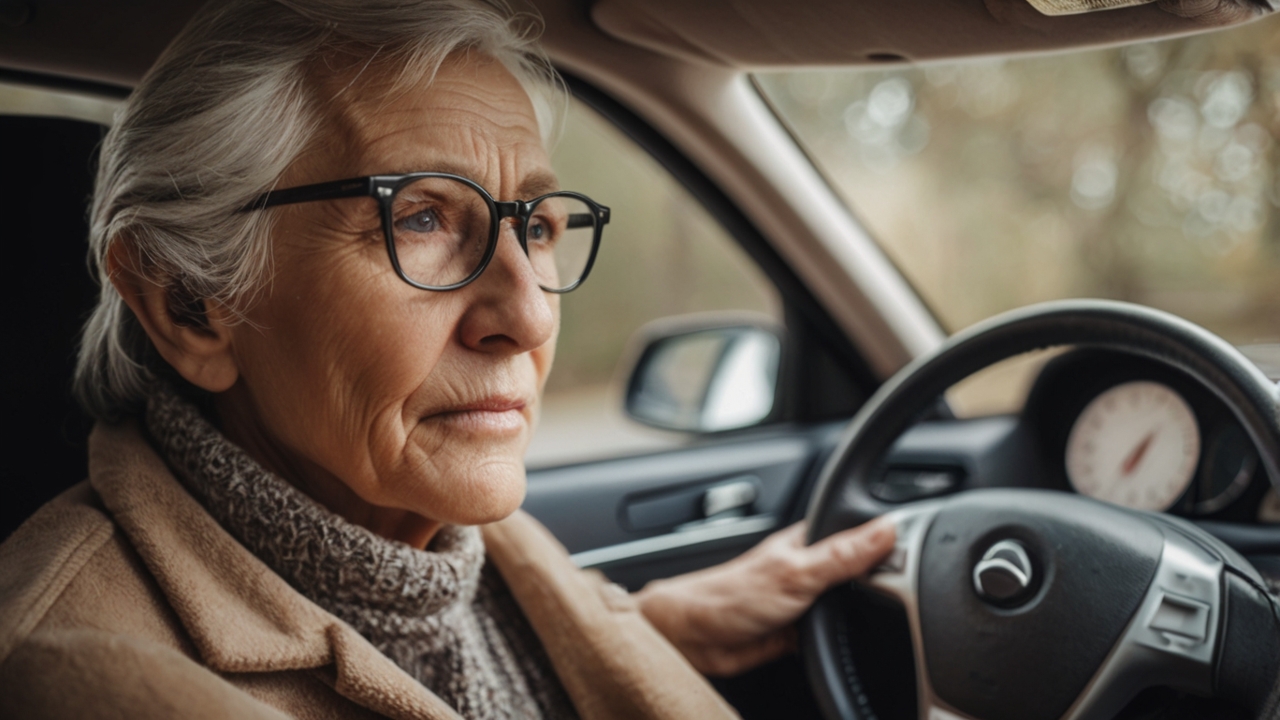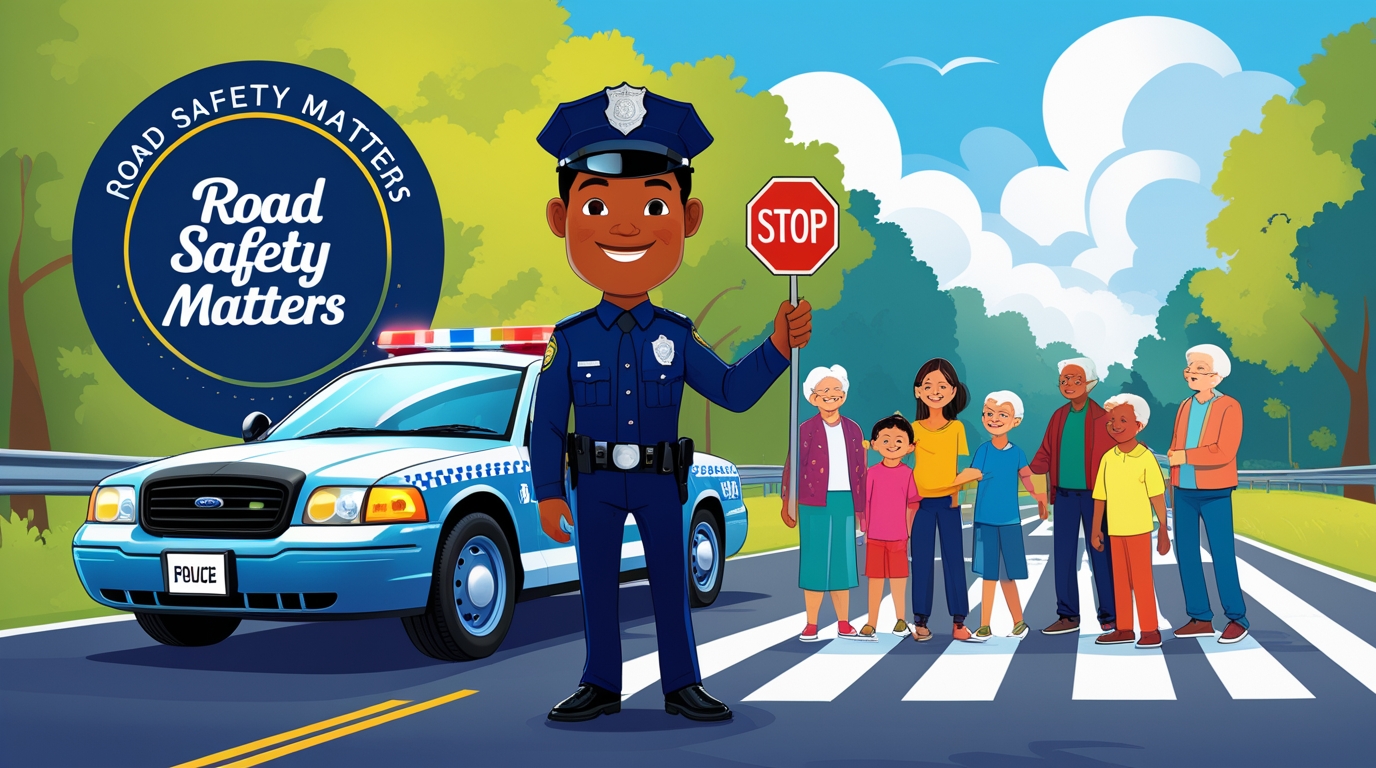Why Regular Eye Tests Are Crucial for Older Drivers
Bukemersanacokyakisir – Driving demands precision, awareness, and quick reactions abilities that heavily rely on clear vision. However, many older drivers underestimate how much their eyesight changes with age. Regular eye tests are not just medical formalities; they are lifelines that keep both drivers and pedestrians safe. As we age, even minor vision impairments can make a significant difference, especially in low light or bad weather. Personally, I believe that getting your eyes checked regularly should be as essential as renewing your driver’s license because vision is your first line of defense on the road.
“Read also: Marco Bezzecchi Dominates the Portuguese Grand Prix Qualifying at Portimao“
The Subtle Decline of Vision with Age
Our eyes, much like our bodies, experience gradual wear and tear over time. While most people notice the need for reading glasses, they may overlook deeper issues like cataracts, glaucoma, or macular degeneration. These conditions can develop slowly, without pain, making them easy to ignore until they severely affect driving performance. Moreover, night vision and depth perception often deteriorate, increasing the risk of accidents. Regular eye tests help detect these issues early, ensuring that drivers can adapt with corrective lenses or treatment before it’s too late.
How Eye Tests Improve Road Safety
Interestingly, studies show that regular eye tests significantly reduce the likelihood of traffic incidents among older adults. This happens because routine screenings can reveal conditions that drivers may not even be aware of. For example, glare sensitivity or blind spots can go unnoticed until tested by a professional. Additionally, eye care specialists can recommend anti-glare coatings or specialized lenses to enhance clarity while driving. In my view, scheduling an eye exam every one to two years is a small price to pay for safety, confidence, and peace of mind behind the wheel.
The Hidden Dangers of Skipping Vision Checks
Neglecting eye tests might seem harmless until it isn’t. A simple oversight can lead to life-altering consequences, especially when vision-related issues compound over time. Imagine driving on a rainy evening, unable to distinguish brake lights or read road signs clearly. These situations are not hypothetical; they happen every day. Furthermore, untreated vision problems can cause fatigue, headaches, and slower reaction times. Consequently, what starts as a minor inconvenience can become a critical hazard for older drivers and others on the road.
The Role of Technology in Modern Eye Examinations
Fortunately, advancements in optometry have made eye tests more accurate and convenient than ever. Modern diagnostic tools can map the retina, assess visual fields, and detect early signs of diseases within minutes. Some clinics even offer digital eye tracking and adaptive vision simulations to assess real-world driving conditions. Moreover, these technologies empower older adults by providing clear, data-driven insight into their eye health. Personally, I find this blend of science and care incredibly reassuring proof that innovation can truly enhance human safety and independence.
“Read more: Aprilia RS-GP Sets New Aerodynamic Standard in MotoGP“
Beyond Vision Correction: Building Awareness and Confidence
Regular eye tests aren’t just about getting glasses they’re about maintaining confidence behind the wheel. Many older drivers struggle with self-doubt once they start noticing visual changes. By consulting eye specialists regularly, they can receive guidance, reassurance, and tailored solutions. Whether it’s adjusting prescription lenses or recommending safer driving hours, eye care professionals play a key role in helping seniors stay mobile and self-sufficient. I’ve seen firsthand how renewed visual clarity restores not just eyesight, but also independence and joy in everyday life.
A Global Perspective on Vision and Licensing
In several countries, periodic eye tests are mandatory for renewing a driver’s license after a certain age. For instance, the UK and Australia require vision screenings for senior drivers, while some U.S. states have similar regulations. However, enforcement remains inconsistent worldwide. In my opinion, making eye exams a global driving requirement would drastically reduce accident rates. More importantly, it would normalize the idea that maintaining eye health is part of responsible driving just like wearing a seatbelt or checking your brakes.
Prioritizing Eye Health for Lifelong Mobility
Ultimately, regular eye tests are about preserving freedom and safety for older drivers. Driving represents independence, connection, and dignity values that deserve protection. While aging is inevitable, losing confidence on the road doesn’t have to be. By taking proactive steps, such as annual vision screenings, we empower ourselves and others to drive safely for longer. In the end, clear vision means more than seeing the road ahead it means embracing every journey with clarity, confidence, and care.













Post Comment